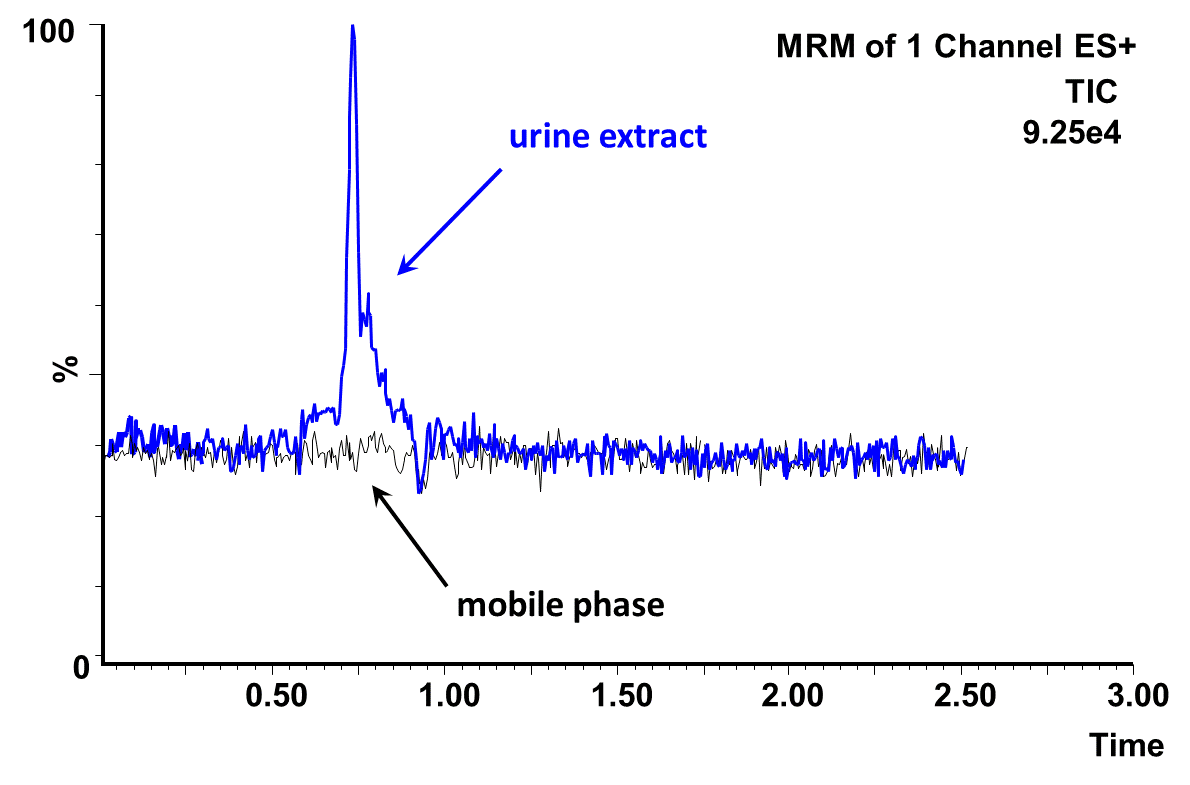The aim of quantitative bioanalytical method is to provide accurate and reliable determination of the amount of a target analyte, usually a drug, a metabolite or a biomarker, in complex biological samples (fluids or tissues). The need for analysis of biological samples is an interdisciplinary task including therapeutic drug monitoring (TDM), pharmacokinetic studies, clinical analysis, drug metabolism and forensic analysis. The development of bioanalytical methods has become more and more challenging over the past years due to very demanding requirements in terms of method reliability, sensitivity, speed of analysis and sample throughput. LC-MS/MS (liquid chromatography-tandem mass spectrometry) has established itself as a method of choice for routine analysis of biological materials. A development of such method consists of several steps including sample preparation and clean-up step, efficient chromatographic separation, sensitive and selective detection of analytes in complex matrices, a choice of convenient data processing and calibration approach and finally method validation. Each of these steps has its own constraints and challenges, which must be properly solved during method development. Polar compounds are one of the most challenging groups of compounds to be determined in biological materials as they often coelute with polar interferences from biological material. Hydrophilic interaction chromatography (HILIC) in UHPLC arrangement coupled to MS/MS detection is employed in the Laboratory of chromatographic methods to solve these tasks. Stable isotopically labeled internal standards (SIL-ISs) are crucial for reliable quantitation when using MS/MS detection.
 |
|
UHPLC-MS/MS determination of polar antiviral agent entecavir using two SRM transitions and SIL-IS for reliable quantitation. |
 |
|
Determination of matrix effect as a part of method validation, which is crucial for method accuracy and precision. |
 |
|
The structure of entecavir. |